Behind the scenes at the Royal Hibernian Academy of Arts’ 194th Annual Exhibition, bubble wrap abounds. There are Post-its on walls, hand drills and screwdrivers on plinths and floors, and the occasional red or green laser beams cutting the air.
Technicians across the galleries at the RHA’s home, on Ely Place in Dublin, are working on the mammoth task of keeping everything more or less straight. And there is art everywhere. Good art, brilliant art, art that is attractive and beautiful, shocking and astonishing, and the occasional appearance of one or two bits that are misses rather than hits: such are the pleasures of the Annual Exhibition.
The whole thing is led by artists. Since 2020, Donald Teskey has done the layout of the wall-based work, taking over from the late Michael Cullen; Vera Klute looks after the sculptures. Klute’s own work includes a portrait of the Supreme Court justice Mary Finlay Geoghegan; and Swirl, a remarkable tangle of trees in vivid hues of oil on linen.
The whole business of layout and installation takes about three weeks, and it is quite a job. From the 5,313 works submitted, 515 are on show. These include pieces by RHA members plus 27 invited artists, so there is a huge amount to take in. Members get to include up to six pieces (“and some of them do,” someone whispers disapprovingly).
RM Block
As I view the show-in-progress, Snow in Paris V, a delicate drawing by Vivienne Roche, is carried downstairs to see how it shows in a new spot. By the time I have looked my fill, it will be back in the upper gallery.
Placement is incredibly important, and this year there is more mingling than before. Photography and portraiture are no longer in separate spaces, and for the first time the work of RHA members is mixed through the galleries rather than lording it in the principal upstairs room.
Just off the main foyer, a quartet of works demonstrates how sensitive even the strongest artworks can be to the influence of their neighbours. Two gridded carborundums by Charles Tyrrell, Stoney Road Blue and Stoney Road Pink, hang next to Michelle Dalton’s Discomfort: A Portrait of Psychosis (Personal Medical Notes from 2006-2013). This latter is an antique cast-iron bed, with peeling paint. Its single duvet and pillow case are inscribed with stitched-together texts telling a disjointed narrative of mental breakdown and recovery.
Beside this, also by Dalton, is Flourish, a wall piece that includes an original window frame from Our Lady’s psychiatric hospital in Cork. Adjacency momentarily lends Tyrrell’s work the unsettling sense of a pair of distorted, barred windows at dawn and dusk. Looked at in isolation, they return to themselves again, all the more powerful for the fleeting illusion.
At €60,000, Dalton’s bed is the most costly of the works on show, while at the other end of the scale, at €50, Barry Devery’s Keep That Thing Away from Me is a charming little set of pen-sketched creatures, hand-stitched into a true monsters-in-your-pocket book to cherish. Devery is underselling himself. They could, maybe should be framed as a remarkable series.
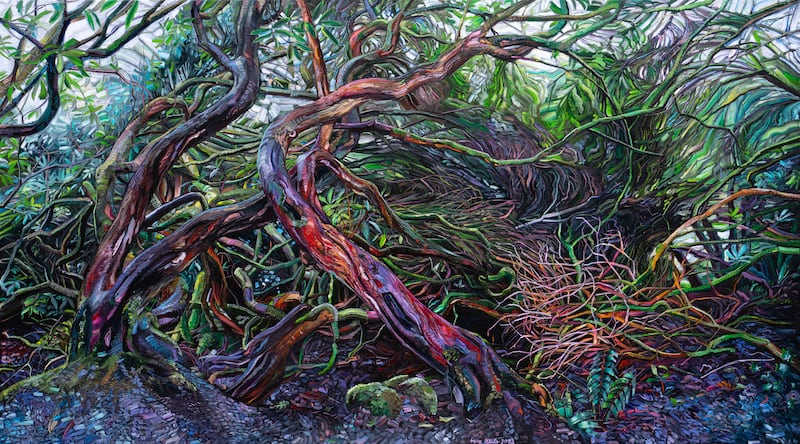
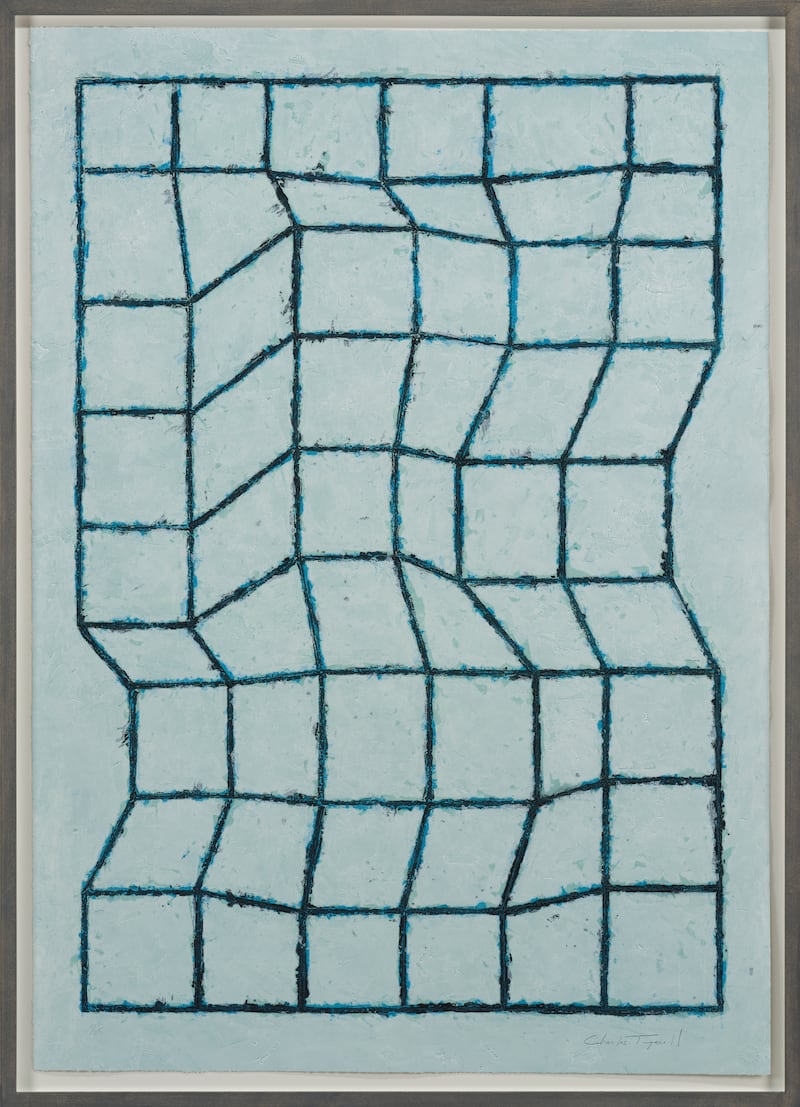
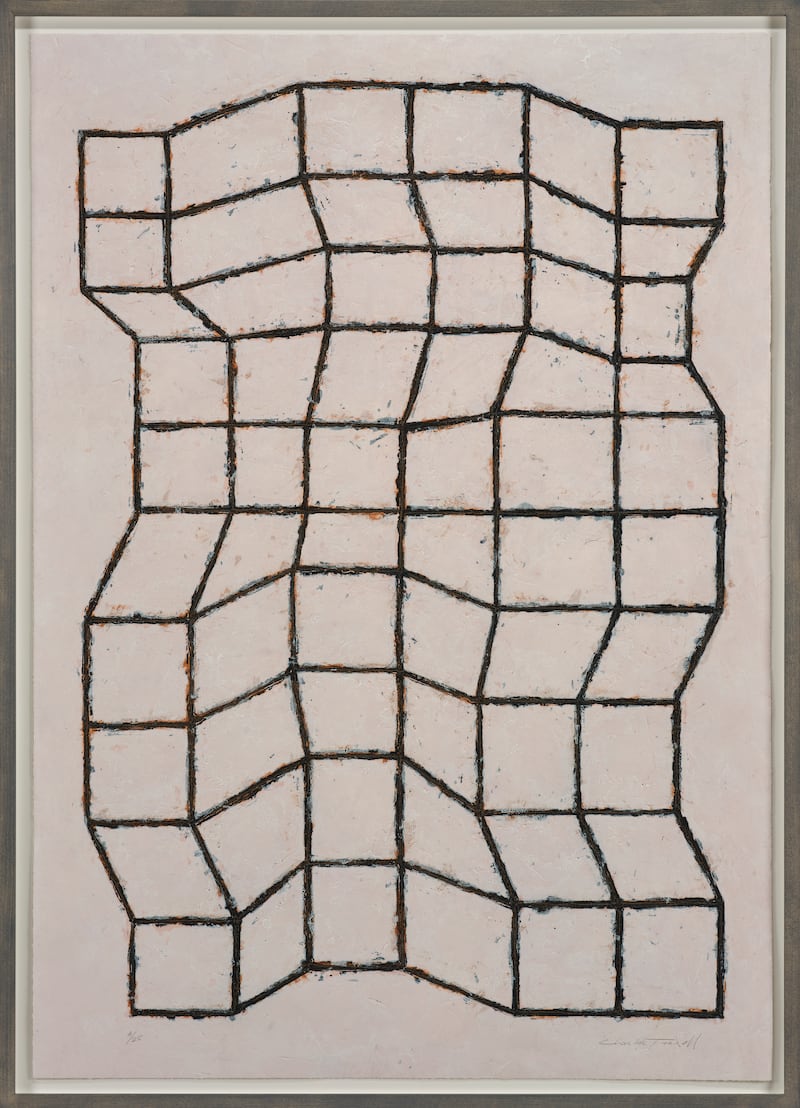
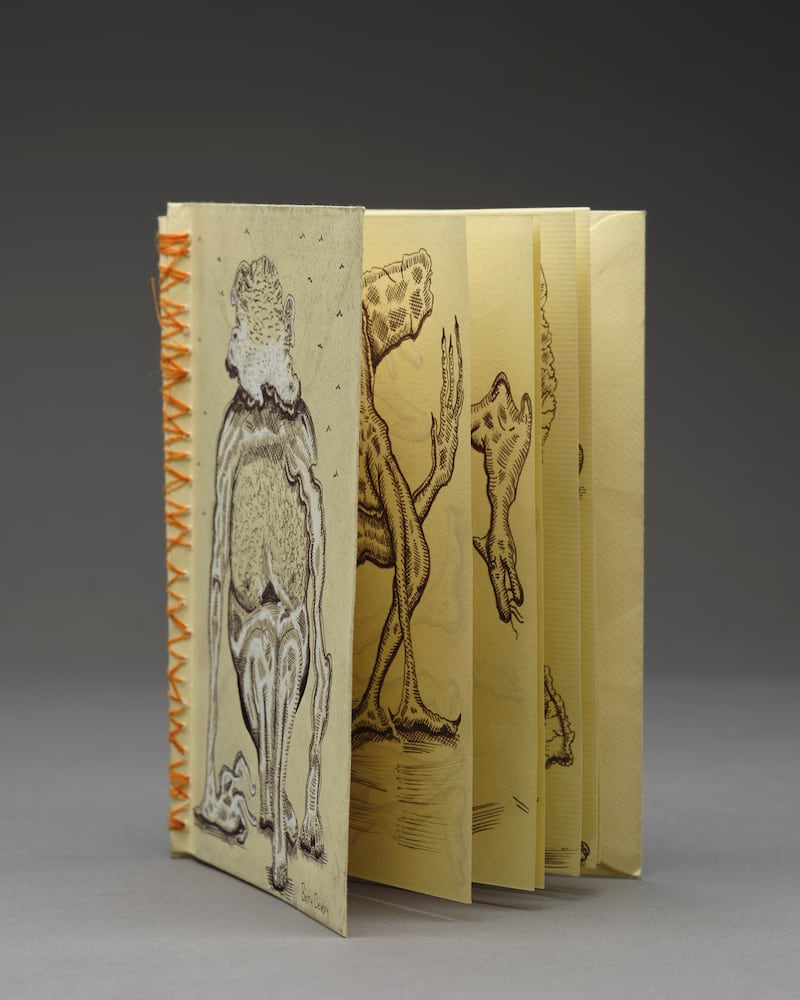
Most RHA Annuals have a work that stands out in a controversial fashion. Last year it was Throwback Selfie #Magdalene, David Lester Mooney’s AI-generated image, which was more of a storm in a techno-fear teacup than any great cause for alarm. AI is simply another tool in the artist’s arsenal, and as the future unfolds some will use it better than others.
This year it could be one of a couple of works that seem designed to shock. Sadhbh Mowlds’ CuntCones are blown-glass ice-cream cones with the outlines of female genitalia curved into the rather leaden creamy curves. Were it not for the title, it could whisper a little of Georgia O’Keeffe’s far defter uncovering of the hidden and analogous sexual secrets of flowers, but there’s a little too much effort in the exposure here.
“The conversation is always mighty,” the RHA’s president, Abigail O’Brien, says of the selection process. O’Brien is showing a pair of photographic works, based on her own embroideries of the human brain, something that Eilis O’Connell also explores in blue-hued watercolour and ink. “It is a process,” Teskey agrees of his own part in proceedings. While the catalogue essays, from Brenda Moore-McCann and Ciarán Benson, talk of the importance of uniting the disciplines of art, science and medicine, beyond these, and one or two more works, it is not a noticeable theme or trend of the exhibition.
The first round of submissions are looked at via email. The second takes place in person, with a panel of artists – O’Brien, Andrew Folan, James Hanley, Rachel Joynt, Martin Gale and Ann Quinn this year – debating the merits of each work before voting. Inclusion is a big deal. Shrunk during the recession, and further atrophied since, Ireland’s commercial-gallery system is thin to the point of starvation. While those that do exist do sterling work, they can represent only a limited number of artists.
Exploring the 2024 Annual gives a huge sense of the bounty of talent in Ireland today, a great deal of it by names fresh to the exhibition system. A favourite wall is always the one hanging small works: little jewels that often draw you in more than their larger or more bombastic cousins. Laura Cronin has a lovely self-portrait, Mollie Douthit’s In the Big Flood is very tasty, Helen O’Connell’s Random Encounters is a powerful abstract and Liz Rackard’s Child is simply delicious. Other treats here include Louise Shearer’s Paracosm, David McGinn’s Flooded Interior and Kaye Maahs’ Frog Spawn. Zsolt Basti, who showed at RHA with Half Shy in February this year, is a strong talent, here with 200 Steps.

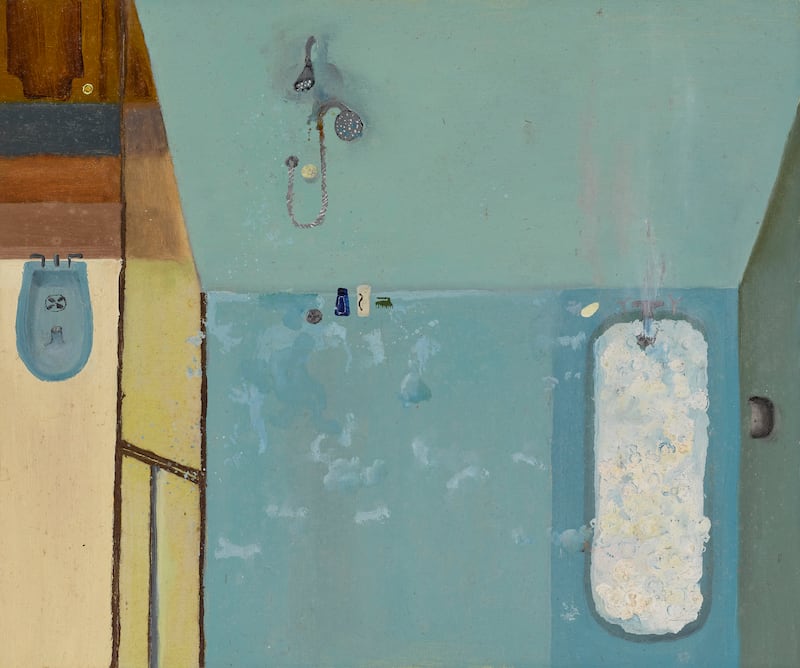
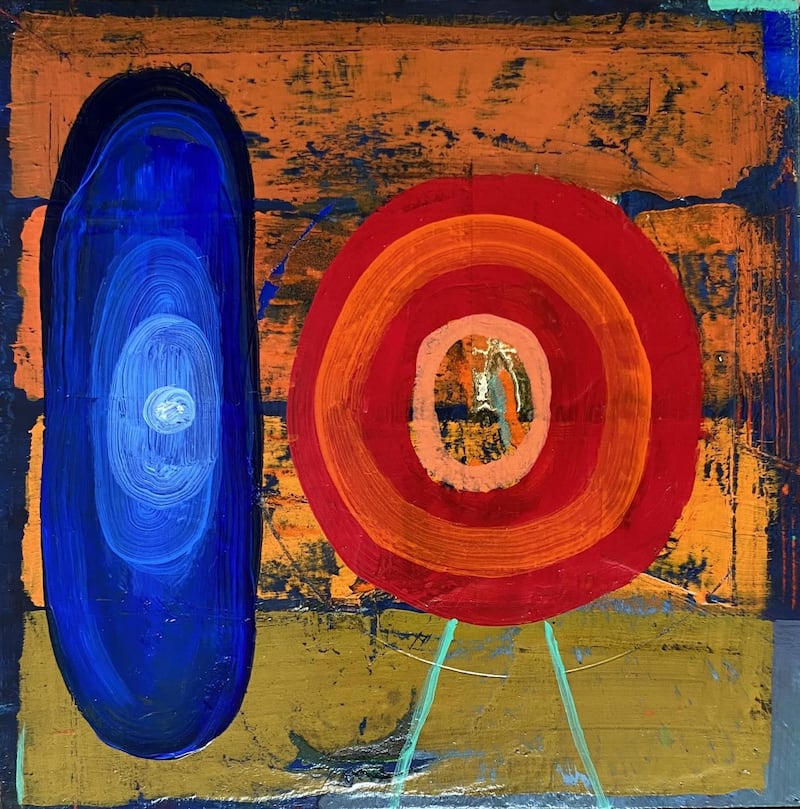
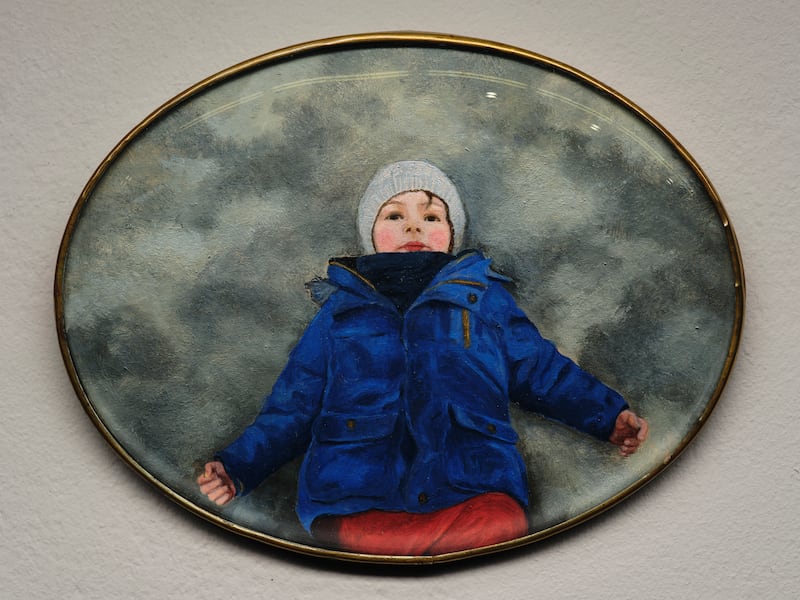
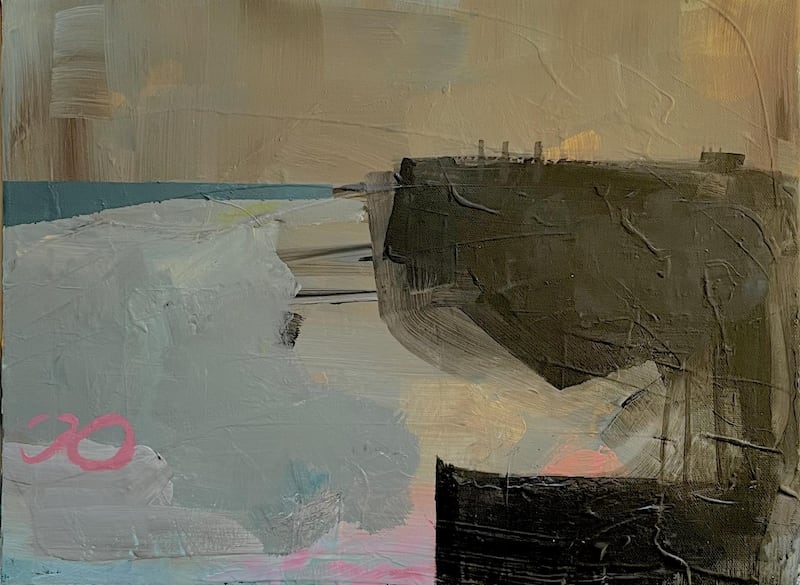
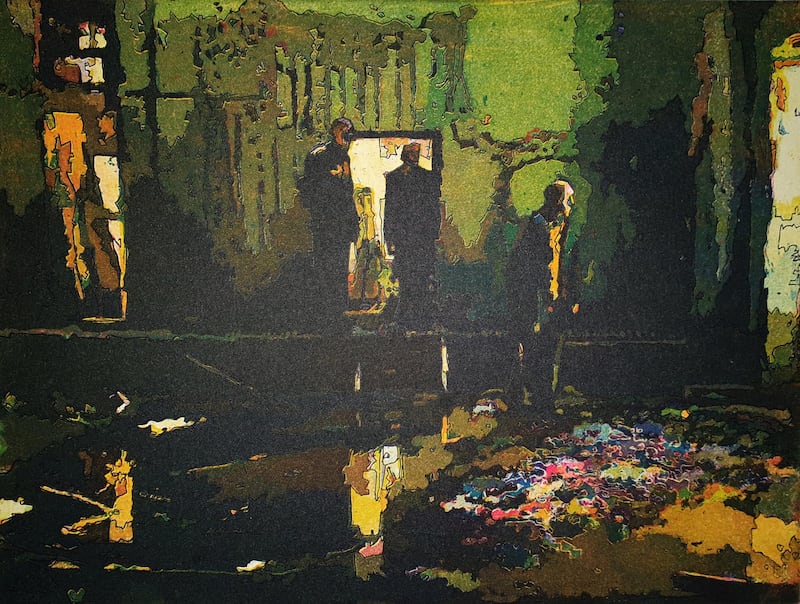
In the Ashford Gallery space, quieter prints and drawings in pencil have room to breathe. Michael Wann’s intricate work stands out, as do Johanna Connor’s homage to ageing tractors with her You’ve Got a Friend in Me. Upstairs, Homage to Paint and Protest, Liam Belton’s land-grab of a piece, takes over almost an entire wall, although those who remember the protests at the National College of Art and Design in the late 1960s and early 1970s will enjoy spotting colleagues, including Gale, in newspaper clippings from their student days among all the thickly applied paint, rags, overalls, paintbrushes and pretty much anything else you could imagine might occupy an artist’s studio. It is overbearing in the space, although I might like to see it one day in a room of its own.
Editions of the Annual since 2020 had been, unsurprisingly, dominated by pandemic-related works. Small studies of worlds distilled into the view from a kitchen table, a meditation on a back garden, empty streets, or socially distant loved ones seen through the separation of windows were plentiful. All that has pretty much gone by now, and there is no major theme, mood, medium or even tone coming through the works selected this year. Perhaps the world is simply too fragmented right now.
Still, there is a notable absence of painting by younger artists. Just a dozen were eligible this year for the Hennessy Craig award, given to a painter under the age of 35. Is that a cause for concern? Unlikely: these things are cyclical, and painting has “died” so often that it must by now be intimately acquainted with the path back from the afterlife. And just look at the exceptional painting by more established artists, including Martin Gale, Robert Armstrong, Diana Copperwhite, Colin Martin and Sinéad Ní Mhaonaigh. There is a lot to love.
Moving through the spaces, there are echoes everywhere. Work that looks familiar turns out to be by an artist I wasn’t perhaps yet acquainted with. Teskey should be flattered: more than one painting here seems to be influenced by him. And although he didn’t invent painting, of course, he did until now have a style I would have said he had made his own. Clearly no longer. Likewise Colin Martin. Julianne Guinee’s Chalk It Down makes me think of Geraldine O’Neill, who this year shows large with Mise Éire: Dancer, a tender painting of a young girl in pink hot pants revelling in sand dunes on a sunny day.

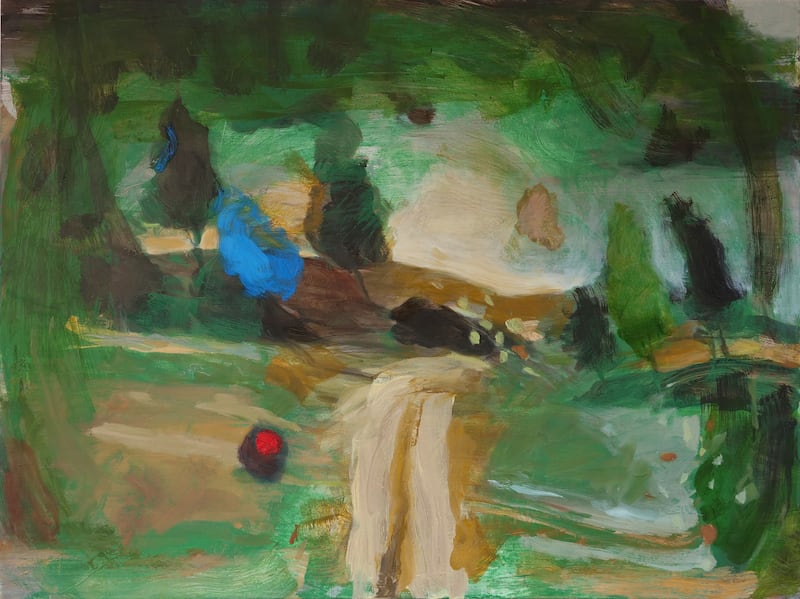


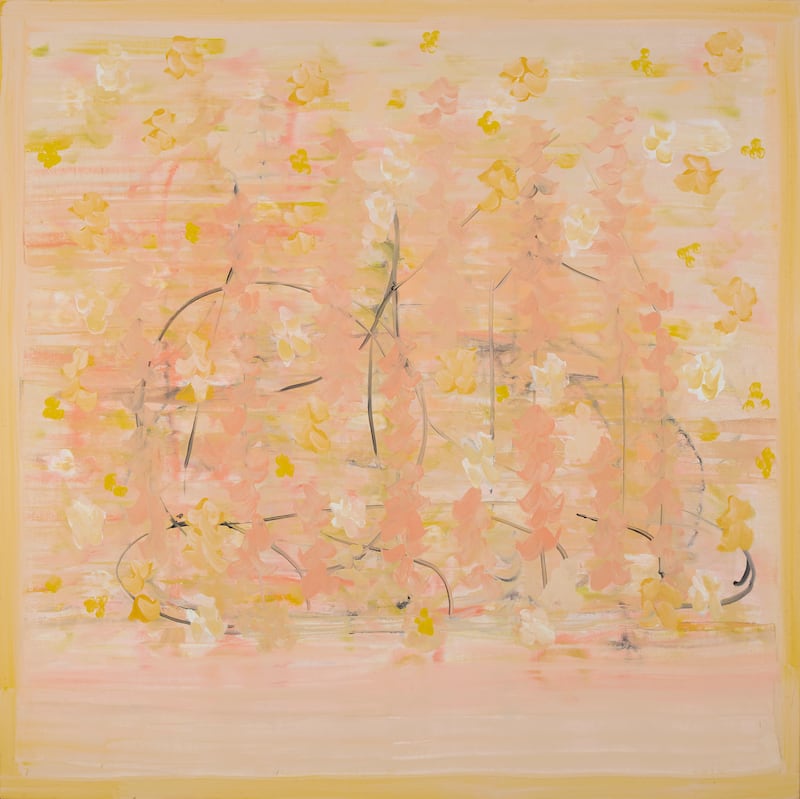
Such a trove of art invites the mind to explore ideas and comparisons. Is a painting of a person always a portrait? When is it something more, or less? Theresa Nanigian’s Sensai is a startlingly strong photograph that holds you with a mesmerising gaze, redolent with the sense of calm intelligence. On the other hand, Carey Clarke’s portrait of Abigail O’Brien errs too closely on the side of flattery to capture all the truths of its subject. Then again, Paul McCarthy’s photograph of Walter Verling, enshrouded in smoke from Verling’s beloved pipe, is near perfect in its gently affectionate communication of the persona and of the ancillary details of a time in the late artist’s life.
Architecture is tricky. Intricate models get lost alongside strong sculptures, including Martin Marley’s Alone and Anna Macleod’s Behold the Wind/A Tuigse na Gaoith, the models’ primary purpose being designating spatial relations rather than communication of ideas, feelings or emotions through visual aesthetics.
Obviously, certain parts of the Venn diagram of art do better at the Annual than others, and so, although it is diverse, and often described as a “snapshot”, it is not an all-embracing survey. Whether or not you like the vein of contemporary art that relies heavily on textual theoretics, it is alive and well in arts spaces across the country, but it doesn’t feature strongly here. I can’t say I feel the absence hugely. Logistics mean that performance, too, is not present.
Further standouts, both small and large, include Aideen Barry’s The Song of the Bleeding Tree, Gary Coyle’s Forest (after Stubbs), Jane Williams’s delicate photograph Flip, Annette Smyth’s Abbey Street D1, Debbie Godsell’s Harvest Thanksgiving, and Oonagh Hurley’s The Drivers, which is one of those small paintings that stay with you – two enigmatic women caught at a moment that may or may not turn out to be momentous. Melike Kus has a nice embroidered piece, If You Play with Fire, You Are Going to Get Burned, that suffers from less than ideal framing, while Richard Gorman’s most recent works lack the taut precision that had always characterised his work, but this in turn releases a surprisingly different energy.
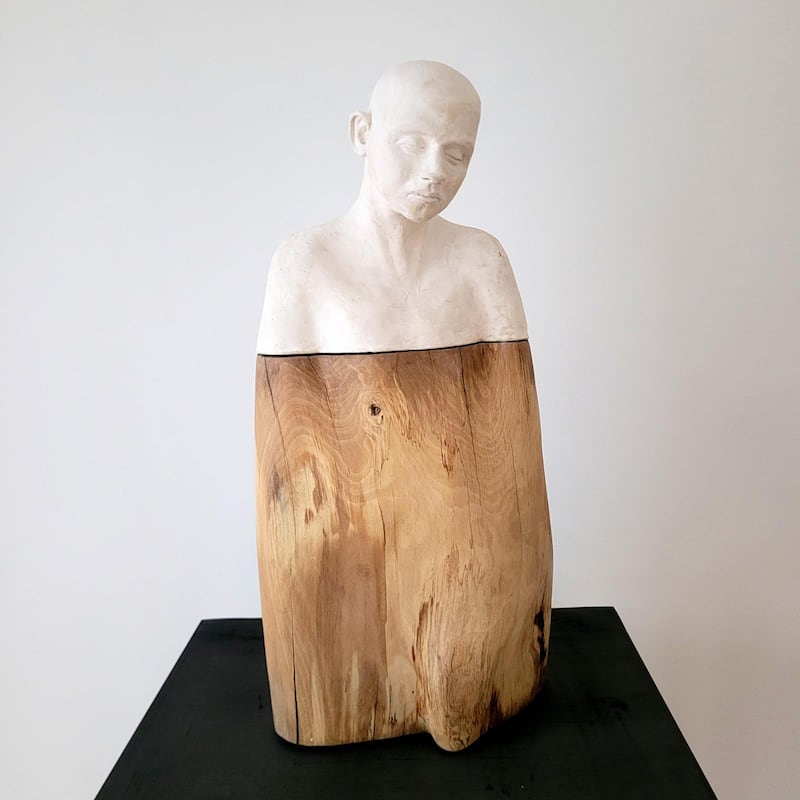
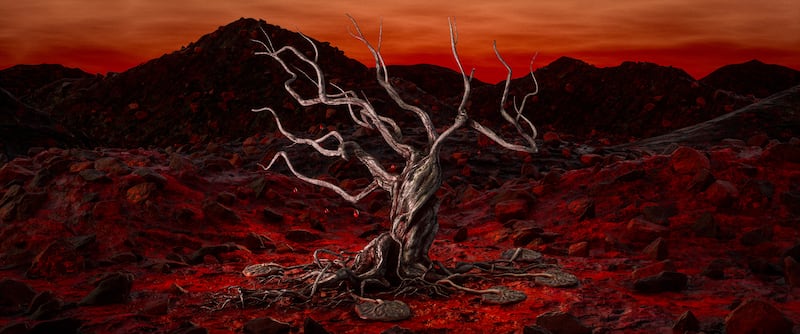
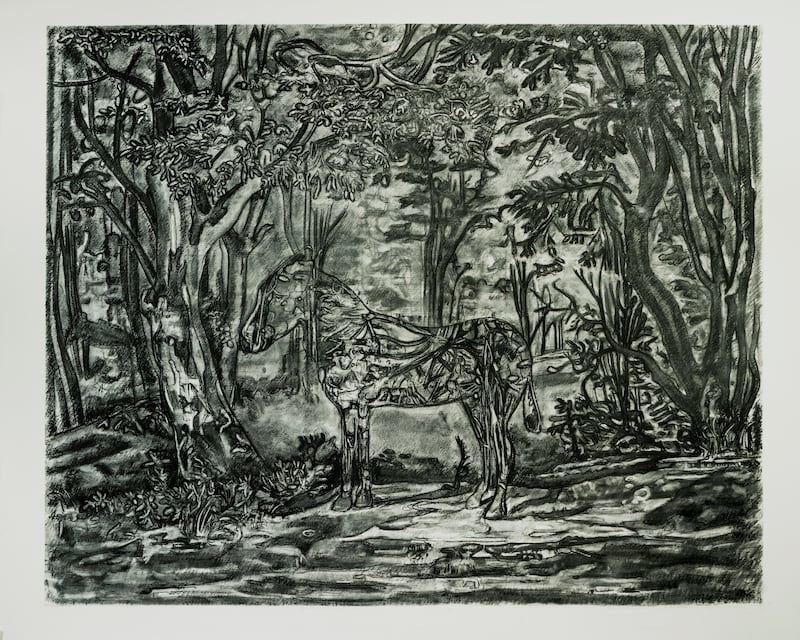

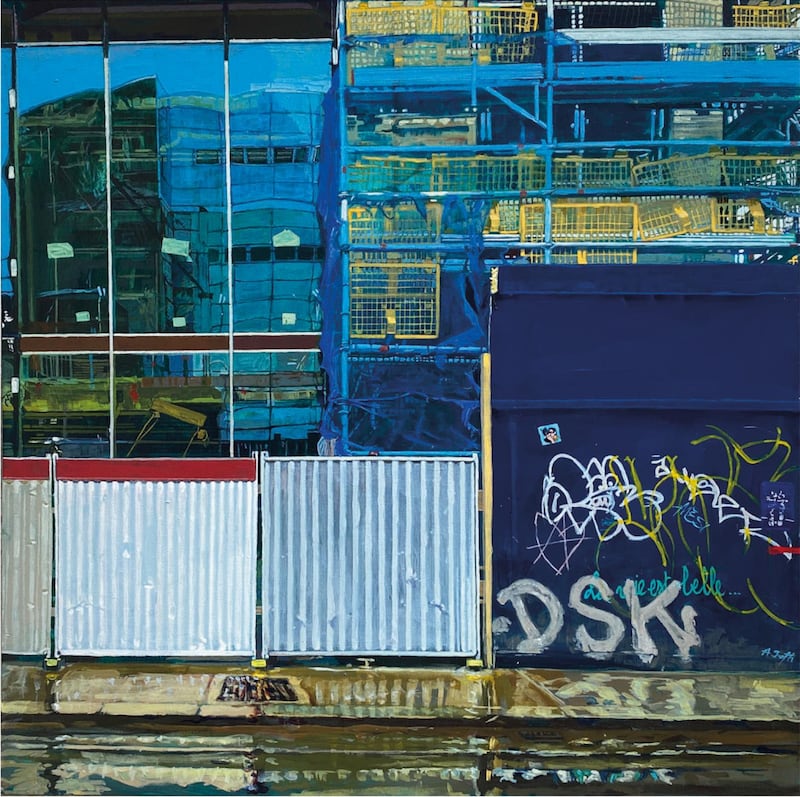
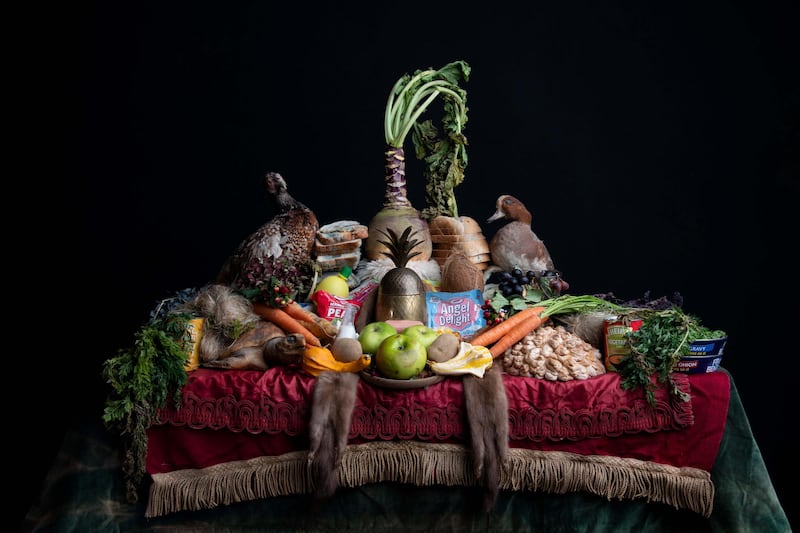

After last year’s bicentenary extravaganza, changes to the RHA’s charter, which was originally granted in 1823, slipped by rather quietly. It took a new Bill, signed into law by President Michael D Higgins in December 2023, to alter certain elements, including increasing the number of academicians from 30 to 55 and allowing meetings to be held outside Dublin. For the past 200 years, gatherings had to be held “within the City of Dublin or within 10 miles thereof”, the idea being to facilitate members arriving on horseback. However you choose to get there this time, the 194th Annual is an exhibition not to be missed.
The 194th Annual Exhibition opens at the Royal Hibernian Academy of Arts, Dublin 2, on Monday, May 20th, and runs until Sunday, August 4th




















